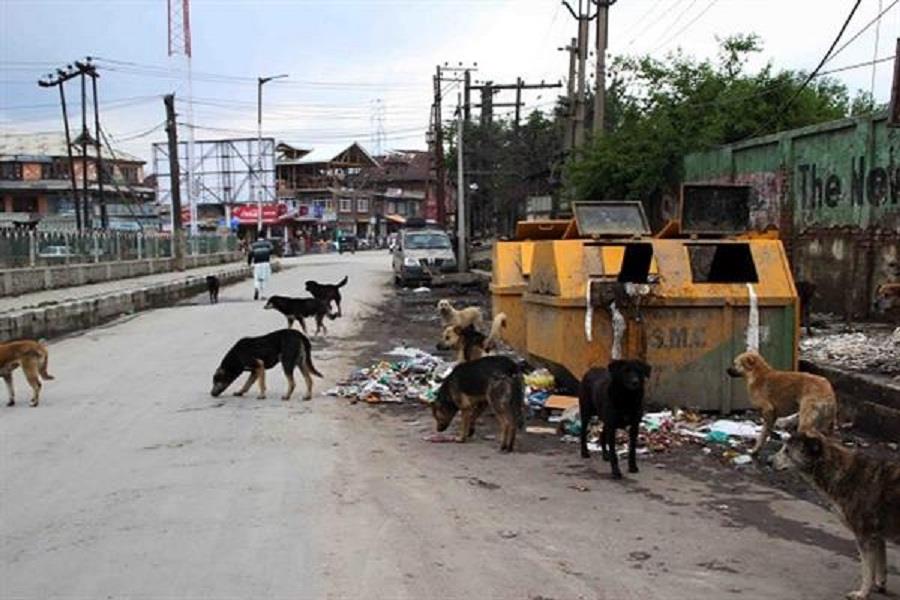
Paws And Policy: How Jammu & Kashmir Is Responding
File photo
By Mohammad Hanief
Kashmir mornings start with a sense of worry. Children head to school with extra care. Shopkeepers keep an eye on the lanes outside their stores. Even a short visit to a hospital can feel uneasy.
Behind this caution is a growing stray dog population across Jammu & Kashmir that has changed the way people move through public spaces.
ADVERTISEMENTThousands of bite cases in recent years have stretched hospitals, worried families, and pushed people to ask for firm action.
This month, the Government of Jammu & Kashmir issued an extensive order to address the problem systematically, creating committees at both the Union Territory and district levels.
The move follows directions from the Supreme Court, which has flagged the threat stray dogs pose to children in particular and urged states to adopt scientifically proven and humane measures to control populations.
For the first time in years, there is a sense that administration, judiciary, and communities are approaching the issue with aligned seriousness.
At the heart of the new strategy is a Union Territory-level committee, chaired by senior bureaucrats from diverse sectors: Health, Education, Housing, Public Works, Transport, Sports, Rural Development, and Law.
Representatives from national bodies like the Animal Welfare Board and the NHAI are also included, reflecting a multi-departmental, whole-of-government approach.
Housing & Urban Development acts as the nodal authority, responsible for tracking progress, ensuring compliance with the 2023 Animal Birth Control (Dog) Rules, and reporting to the Supreme Court.
Sterilisation and vaccination form only one part of the plan. Officials also have to secure public institutions, including schools, hospitals, playgrounds, transport points and other busy areas, against stray dog intrusions.
In Srinagar, several spots near hospitals, markets, and tourist areas have turned into dog hotspots, largely because of scattered food waste. The administration wants to reduce these risks by identifying such zones, cutting access to food waste, and keeping a closer watch across public and private institutions.
At the district level, committees headed by Deputy Commissioners will coordinate with Municipal Commissioners, police officers, and departmental heads. Their responsibilities include inspecting public spaces, arranging fencing or gates where needed, and ensuring stray dogs are sterilised, vaccinated, and moved to shelters.
Feeding will be regulated through designated spots to discourage random street feeding while ensuring animals receive controlled care.
Public awareness is another important part of the plan. Schools and hospitals will run sessions on safe behaviour around animals, how to respond to bites, and why quick reporting matters.
Srinagar's lone anti-rabies clinic, already stretched during peak tourist seasons, will now work alongside hospitals that are required to keep steady stocks of anti-rabies vaccines and immunoglobulin.
Waste management, often overlooked in discussions about stray animals, is central to the new system. Improper disposal at markets, schools, or transport hubs can sustain dog populations regardless of sterilisation drives.
The government order mandates strict waste protocols and regular monitoring to complement other interventions.
Coordinated highway patrols will also ensure that stray dogs and livestock do not disrupt traffic or create accidents, illustrating the administration's intention to protect both human and animal life.

Legal Disclaimer:
MENAFN provides the
information “as is” without warranty of any kind. We do not accept
any responsibility or liability for the accuracy, content, images,
videos, licenses, completeness, legality, or reliability of the information
contained in this article. If you have any complaints or copyright
issues related to this article, kindly contact the provider above.


















Comments
No comment